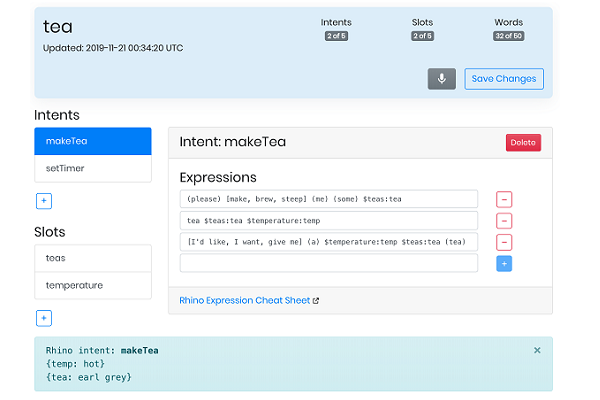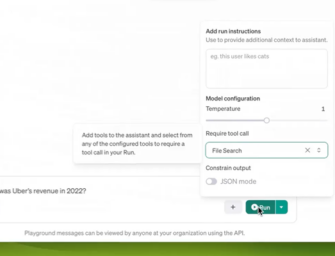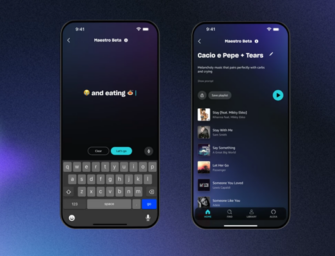Picovoice Debuts Platform for Building Voice Assistants Without the Cloud

Voice technology startup Picovoice launched its new web platform on Wednesday. The software offers companies the ability to create voice interactions that run offline, using microcontrollers like those built by ARM, Picovoice’s new official AI ecosystem partner.
Offline Voice Modeling
Most voice interaction relies on the cloud. Audio gets recorded, digitized, then sent to the cloud for processing before the user hears a response. Picovoice builds around the idea of maintaining the same functions of a standard voice engine, but all operated locally, known in the industry as on the edge as opposed to in the cloud. Companies that use the new platform don’t need to rely on a tech giant’s servers, instead, they can create speech models by typing in words and phrases. Picovoice’s technology takes care of data collecting, with the goal of speeding up the training of a new voice assistant while costing less than the standard system and not requiring in-depth knowledge of coding and engineering to build. The result is supposed to be a custom voice assistant that can understand intent based on speech while keeping all of the data local, and thus private.
“The platform is a design tool,” Picovoice president Alireza Kenarsari-Anhari told Voicebot in an interview. “It’s hard for a web manager to create a voice tool. It’s time-consuming and costly. Our web platform makes voice on the edge as easy as voice in the cloud.”
On and Off the Edge
Picovoice can operate on devices built with a variety of ARM microcontrollers, but also offers features on major mobile operating systems and web browsers, Kenarsari-Anhari said. That includes the voice-to-text feature called Cheetah the company launched in September. The new platform expands the range of features a voice app can have, while still keeping it out of the cloud.
“The [voice software] runs fully on the device and its extremely easy and straightforward for anyone to design a voice experience,” Kenarsari-Anhari said. “It could be for if they want to add voice interactions to their website or they are a developer wanting their own wake word for their devices. ARM’s interest in Picovoice is our ability to run on tiny microcontrollers like the ones they make. They’re the only company that can run meaningful NLU on microcontrollers this small.”
The appeal of operating on the edge is broad. Knowles created the first Amazon-approved Alexa headset development kit that operates on the edge this summer, while Aspinity created an analog system to reduce the energy cost of digitizing audio when checking for keywords. But, they still turn to the cloud for their central operations. Even Amazon’s new, low-power version of its Alexa voice assistant only uses the offline software to recognize a wake word before linking to its cloud servers.
“With the new Amazon SDK you still need connectivity to the cloud and some people don’t want that,” Kenarsari-Anhari said. “Privacy concerns are the main [reason]. Some can’t use the cloud because they are in the medical field and HIPAA restricts them. Cloud connectivity also means an ongoing cost and battery consumption. At some point, companies have to consider the cost of use. And sometimes they just want their own wake word and to control their own brand.”
Follow @voicebotai Follow @erichschwartz








